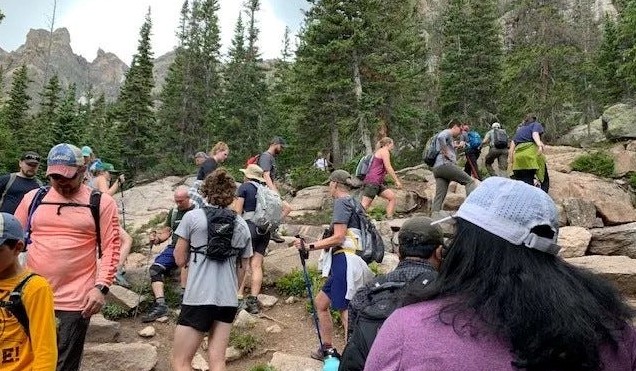In 2022, outdoor recreation in the U.S. generated $1.1 trillion in economic output and added $564 billion to the nation’s GDP, or 2.2% (Headwaters Economics 2023). This is larger than many other high-profile sectors such as oil and gas development, motor vehicle transportation, and the air transportation industry. Not only has outdoor recreation become a very big business, but it also provides many other important benefits. Outdoor recreation has become so important that it is a common driver in many government conservation strategies.
However, a growing body of evidence is showing another side of outdoor recreation where negative impacts are being witnessed to the very nature visitors wish to enjoy. Some have even postulated that we are “loving the land to death.” Ecological degradation has been reported in the form of soil and water pollution, vegetation destruction and alteration (including invasive species propagation), and behavior modification, stress, and death of numerous wildlife species. In a major review paper, species richness and abundance have been reported to be lower in association with higher levels of recreation across many species of vertebrates (Larson et al. 2019). In addition, numerous tribes in the western U.S. have expressed growing concern over the loss and degradation of their traditional rights that are increasingly becoming compromised by expanding outdoor recreation.
CBI is working closely with tribes and state agencies in Washington to help develop a map-based analytical approach for accessing environmental and social risks (particularly from the perspective of tribal rights on public lands) from current and planned outdoor recreation on state lands and to help forge a pathway that will result in adequate recreational opportunities while minimizing the associated negative impacts. The extensive map-based data and modeling products based on our EEMS software is being managed in a private working group in Data Basin.




